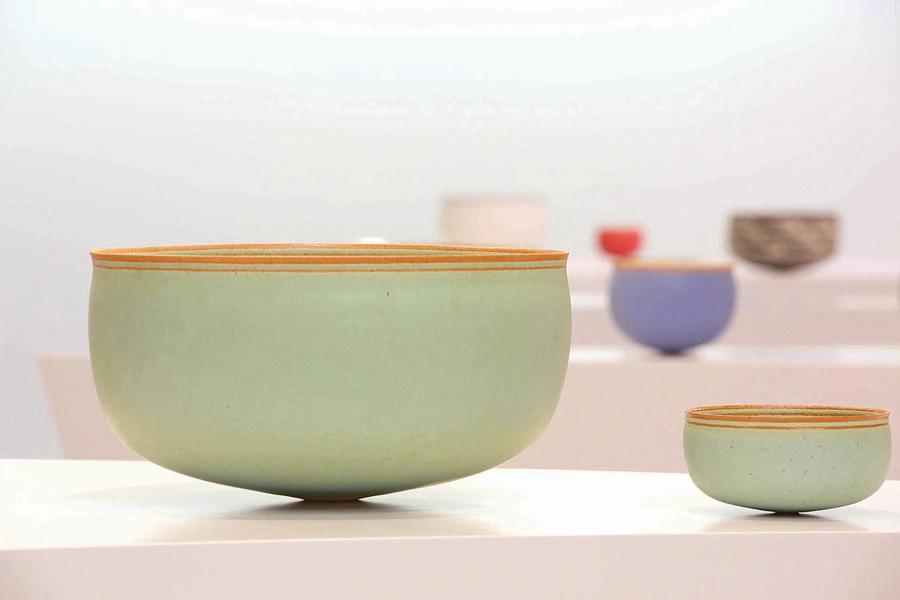
Turkish ceramic artist Alev Ebüzziya’s exhibition, titled “Earth,” has opened at the Baksı Museum in the Black Sea province of Bayburt’s Bayraktar village.
Throughout history, people have had an endless adventure with earth. This adventure has continued since the Hittite, Urartian, Phrygian, Hellenistic, Roman, Seljuk and Ottoman periods and still continues today in new forms.
The exhibition “Earth,” organized with support from QNB Finansbank, displays products made from earth materials.
In the exhibition, Ebüzziya’s works have been collected from the Kemal Servi collection, while the traditional pottery, displayed in the right next room, have been collected from the Baksı Museum and Hüsamettin Koçan collection.
The exhibition space has been designed by Yeşim Bakırküre, while Savaş Çekiç has designed the graphic works in the exhibition. Also, Ali Kazma’s video titled “Studio Ceramist,” which he created in Ebüzziya’s atelier, accompanies the exhibition.
The exhibition in the Baksı Museum, which is located 1,550 meters above sea level, brings together modern art and traditional craftwork.
Servi has given permission for part of his 27-piece collection to be displayed.
“It made me very excited when Haldun Dostoğlu [the curator of the exhibition], told me about this exhibition and I accepted it. It is with great pride that my collection is on display in Anatolia, because in our country, people do not have a relationship with art, except for those who live in metropolitans. Their relationship with art comes from the media; they cannot have a close relationship,” he said.
“For example, it is very important to me if an Anatolian child sees my work and changes his or her perspective on life. Another nice aspect of this exhibition is that it is composed of a wide selection of works by Ebüzziya. I want to say we, the collectors, are the bearers of these works. We protect the works of our collections and transfer them to the next generation,” said Servi.
The fact that a museum is far from the center does not require this museum to be different. Its responsibilities increase even more. The exhibition, which displays “earth” in various forms, which the Anatolian people have been accustomed to for thousands of years, should be perceived differently in this spot in Anatolia. It is necessary to experience the excitement of the works exhibited in the heart of the story, perhaps at the beginning.
Servi explained how he came across Ebüzziya’s work.
“I came across her work for the first time in 2002 at an exhibition at Kasa Gallery, titled ‘Secret.’ Later on, I visited her retrospective exhibition at the Museum of Turkish and Islamic Arts, organized by Gallery Nev in Istanbul. I bought a piece from the exhibition there and was unable to see the whole museum; I became caught in Ebüzziya’s work. I spent the whole day examining the work. Then I got in touch with Gallery Nev. They had one work for sale and I bought it. This work is still among my favorites, because it is the first. Then my interest in ceramics increased.”
As it is understood from Servi’s words, collecting is a matter of passion. Unfortunately, this practice is becoming less common nowadays. Circumstantial trends and fashion draw the interest of people more. What we call culture, however, is transmitted to the next generations through those who passionately approach objects that are a part of their own self. Fortunately, there are still very few people who keep their passion quiet. We need to be thankful to all of them.
The exhibition “Earth” can be seen at Baksı Museum through Oct. 20.